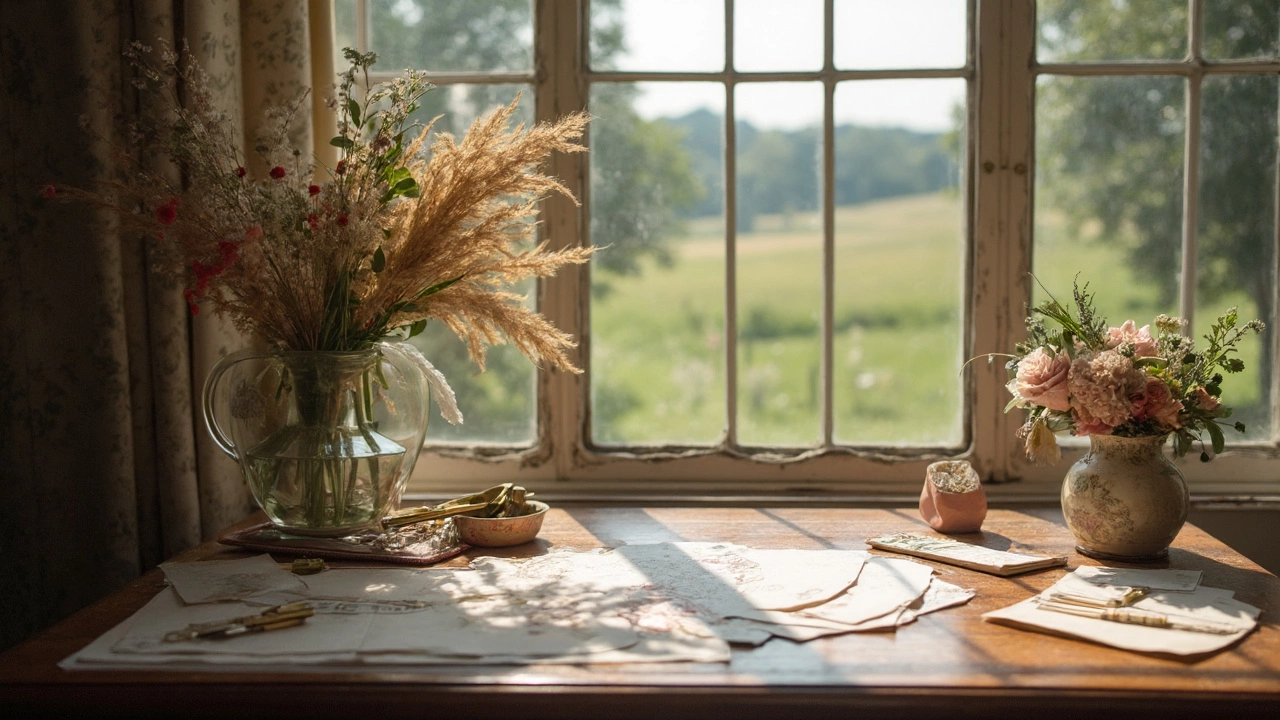Invite Essentials: Your Go‑to Guide for Perfect Wedding Invitations
Planning a wedding feels like juggling a hundred tiny details, and the invitation is the first piece your guests see. It sets the tone, tells people when and where to show up, and can even save you money if you get it right the first time. Below you’ll find the most useful tips on budgeting, design choices, RSVP etiquette and timing, so you can avoid common pitfalls and keep stress low.
Budgeting for Your Invites
Invitation costs vary widely, but a solid benchmark is around $1 to $2 per piece for basic paper and printing. For a typical 100‑guest list, you’re looking at $100‑$200 for the invites alone. Add envelopes, stamps and any extra inserts (like reception cards or directions) and the total can climb to $300‑$400. To stretch your budget, consider the following tricks:
- Print in bulk. Ordering a larger run often drops the per‑card price.
- Choose a simple design. Minimalist fonts and a single color cost less than foil or embossing.
- DIY envelopes. Buying plain envelopes and adding a custom liner can look pricey without the extra expense.
Our post “Cost of 100 Wedding Invitations: What to Expect & How to Save” breaks down these numbers in detail and offers additional money‑saving ideas.
Design, RSVP & Timing Tips
Design isn’t just about looks; it also affects readability and how quickly guests can respond. Stick to a clear hierarchy: couple’s names, date, venue, and time should be the first things people see. Use a legible font size (12‑14 pt) for the details and a slightly larger style for the names to make it feel personal.
When it comes to RSVP, the “V” stands for “vend” (French for "to wish"). Explain the deadline clearly and provide multiple ways to respond—online forms, text, or a prepaid postcard. Our article “RSVP Meaning: What the 'V' Stands For and Why It Matters” gives a quick history and modern etiquette tips.
Timing matters too. Send your invitations six to eight weeks before the wedding, and follow up with a reminder three weeks out if you haven’t hit the RSVP deadline. This gives guests enough time to arrange travel and you enough time to finalize headcounts for catering.
Want a handy checklist? Here’s a quick rundown:
- Finalize guest list (include plus‑ones).
- Choose design and print method.
- Order a test proof.
- Confirm envelope size and addressing style.
- Include any extra inserts (reception card, directions).
- Set RSVP deadline (usually three weeks before the wedding).
- Mail invites at least eight weeks before the big day.
- Track responses in a spreadsheet.
Following this list keeps you organized and helps avoid the classic "we’re missing guests" panic. For deeper insight, check out “Average Wedding Invitation Costs: What to Expect and Budget For,” which covers price ranges for different styles and paper qualities.
In short, your invitation is more than a piece of paper—it’s a communication tool that can set the mood, keep your budget in check, and make planning smoother. Use these essentials, stick to a realistic budget, and you’ll have a beautiful invite that impresses guests without breaking the bank.
Essential Elements for Wedding Invitations: A Quick Guide
Crafting a wedding invitation is more than just writing details on a card. From critical information like the date and location to subtle details reflecting the couple's personality, a well-designed invite sets the tone for the big day. In this guide, discover what every wedding invitation needs, including RSVP tips and design suggestions for a seamless and memorable guest experience.
View More